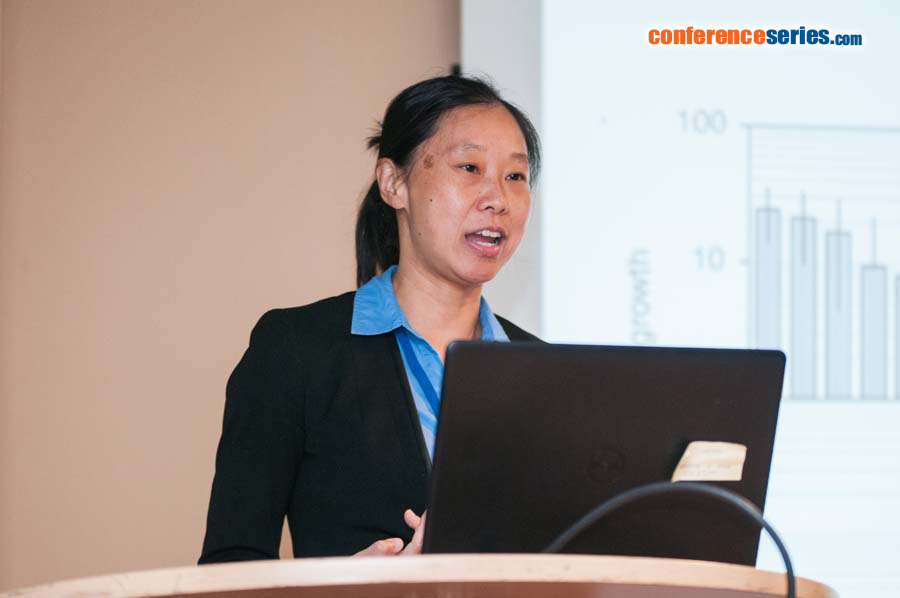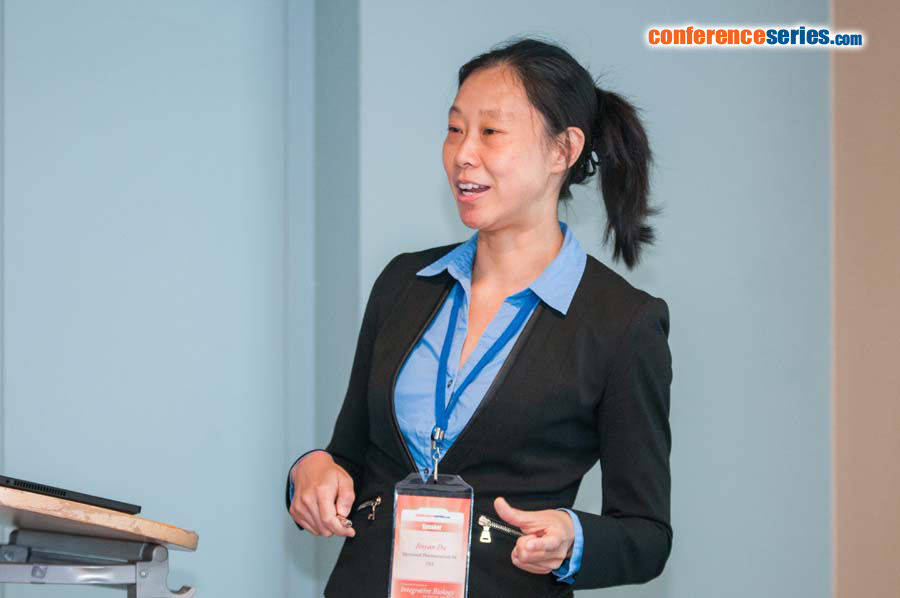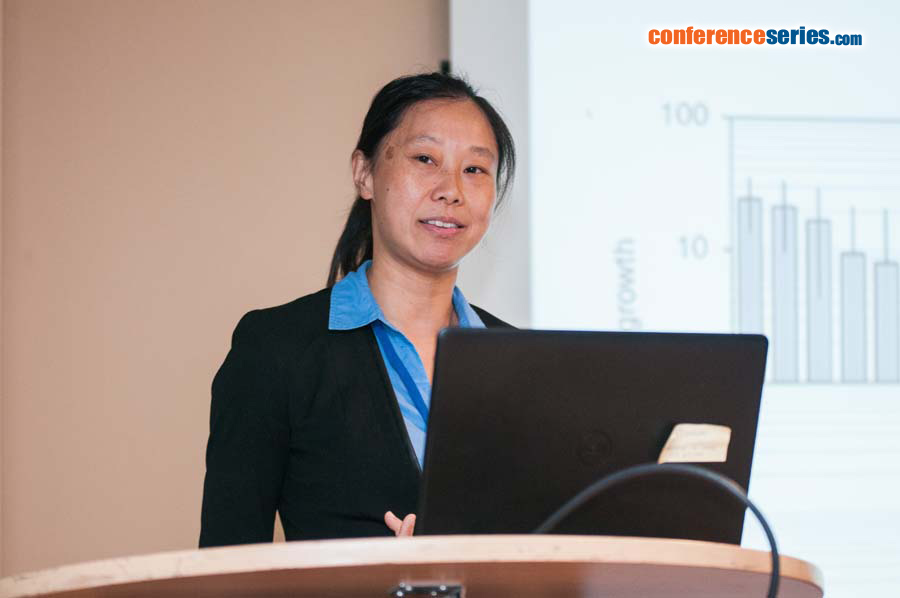Jinyan Du
Merrimack Pharmaceuticals Inc., USA
Title: Identification of non-intuitive biomarkers predicting dependency on AKT vs. MAPK signaling of ERBB2+ cancer cells using an integrated experimental and computational framework
Biography
Biography: Jinyan Du
Abstract
Understanding the molecular pathways by which oncogenes drive cancerous cell growth and how dependence on such pathways varies between tumors, could be highly valuable for the design of anti-cancer treatment strategies. In this work, we study how dependence upon the canonical PI3K and MAPK cascades varies across HER2+ cancers and define biomarkers predictive of pathway dependencies. A panel of 18 HER2+ (ERBB2-amplified) cell lines representing a variety of tumor types was used to characterize the functional and molecular diversity within this oncogene-defined cancer. PI3K and MAPK-pathway dependencies were quantified by measuring in vitro cell growth responses to combinations of AKT (MK2206) and MEK (GSK1120212; trametinib) inhibitors, in the presence and absence of the ERBB3 ligand heregulin (NRG1). A combination of three protein measurements comprising the receptors EGFR, ERBB3 (HER3) and the cyclin-dependent kinase inhibitor p27 (CDKN1B) was found to accurately predict dependence on PI3K/AKT vs. MAPK/ERK signaling axes. Notably, this multivariate classifier outperformed the more intuitive and clinically employed metrics, such as expression of phospho-AKT and phospho-ERK and PI3K pathway mutations (PIK3CA, PTEN and PIK3R1). The predictability of the three protein biomarkers for differentiating PI3K/AKT vs. MAPK dependence in HER2+ cancers was confirmed using external datasets (Project Achilles and GDSC), again out-performing clinically used genetic markers. Measurement of this minimal set of three protein biomarkers could thus inform treatment and predict mechanisms of drug resistance in HER2+ cancers. More generally, our study provides an integrated framework for identifying non-intuitive biomarkers in cancer patients.




